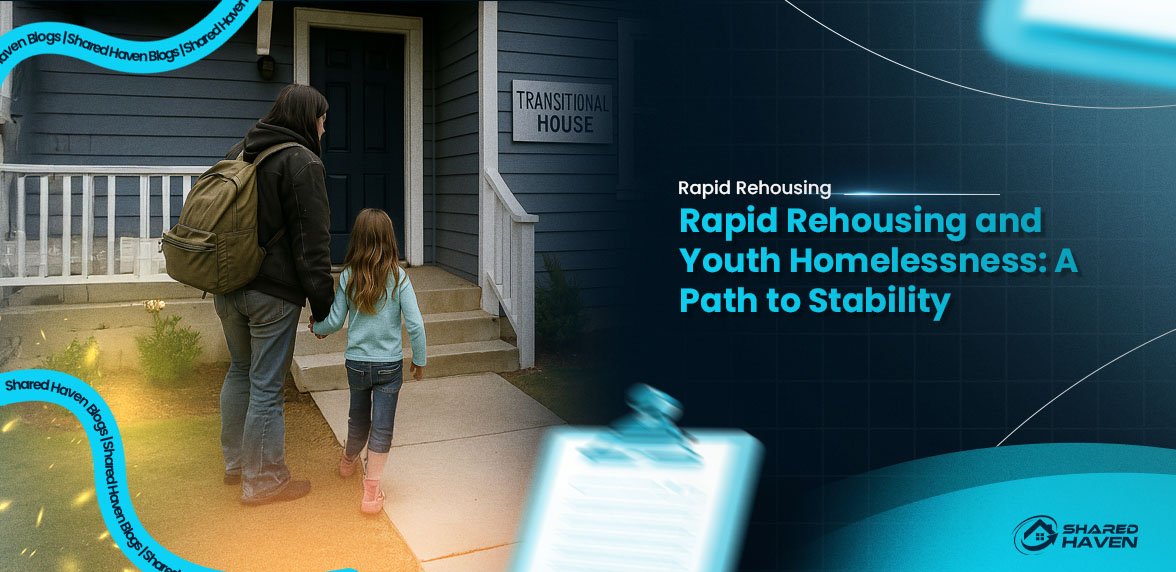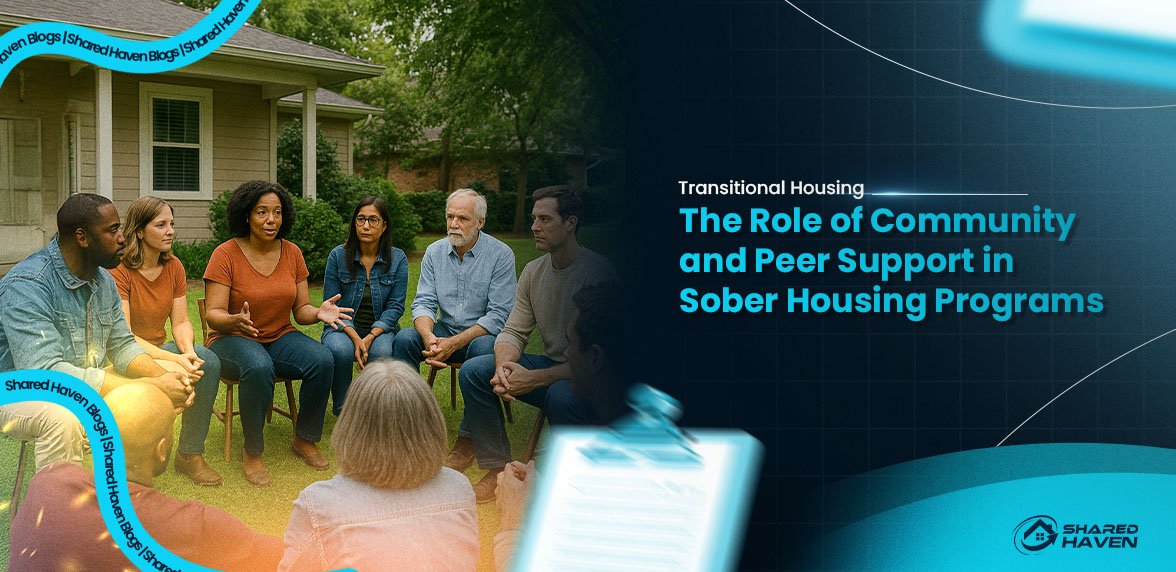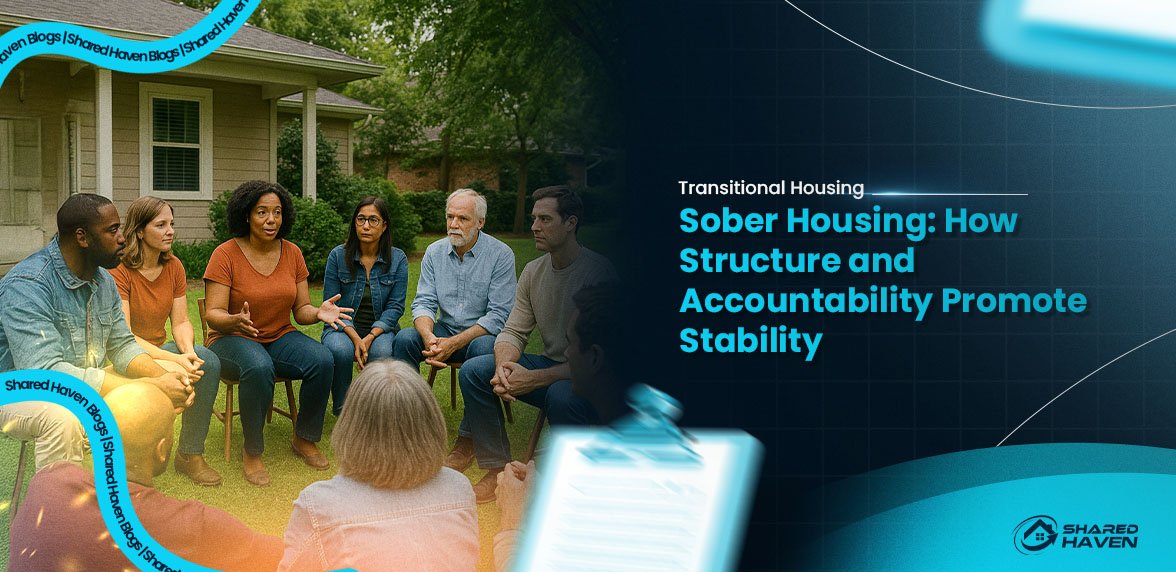How Long Can You Stay in Transitional Housing: Complete Guide
Facing a housing crisis feels overwhelming and scary. However, transitional housing offers hope and vital support during tough times. Additionally, this temporary solution helps individuals and families rebuild their lives successfully. Moreover, many people wonder about stay duration limits. Therefore, understanding these timeframes helps you plan your path to stable housing.
Understanding Transitional Housing
First, transitional housing serves as temporary but supportive shelter. Furthermore, it bridges the gap between homelessness and independent living. Unlike emergency shelters, transitional housing provides longer stability periods. Consequently, residents can access important services and support programs. Meanwhile, these programs prepare people for successful independent living.
General Timeframes for Transitional Housing Stays
Most programs establish clear time limits for resident stays. Additionally, funding rules and program goals determine these limits.
Typical Duration: 6 to 24 Months
Generally, you can stay in transitional housing for six months to two years. Moreover, this timeframe remains common across the United States. For instance, HUD guidelines specify maximum terms of 24 months for TH projects. Therefore, this duration allows significant personal growth and housing preparation.
Minimum Stay Requirements
Some programs require minimum stay periods for maximum benefit. Additionally, common minimums range from one month to longer periods. Furthermore, this time helps residents stabilize and engage with support services.
Factors Influencing Your Stay Duration in Transitional Housing
While guidelines exist, individual circumstances significantly affect stay length. Moreover, several key factors determine your specific timeframe.
Individual Progress and Goals
Your personal progress directly influences your stay duration. Additionally, programs work with residents to establish individual goals. Furthermore, these goals include securing employment, completing education, or addressing health issues. Therefore, consistent progress toward goals often shortens your stay.
Program Rules and Requirements
Each program establishes specific rules and participation requirements. Additionally, residents must follow these rules consistently. Furthermore, programs often require participation in life skills classes or counseling. Therefore, following rules and engaging with services ensures smooth progress.
Availability of Permanent Housing
The local housing market greatly impacts your exit timeline. Additionally, finding affordable permanent housing can be challenging. Moreover, tight housing markets with high rental costs extend stays. However, programs provide housing navigation services to help residents find homes.
Funding Limitations of the Program
Program funding often determines maximum stay limits. Additionally, grants with strict duration requirements must be followed. Furthermore, these limitations ensure resources remain available for new residents. Therefore, funding restrictions promote steady program flow.
Specialized Program Focus
Some programs cater to specific populations with unique needs. For example, domestic violence survivor programs may have different stay lengths. Additionally, sober living facilities might allow longer stays based on recovery progress. Moreover, veteran programs often have unique guidelines and requirements.
The Role of Your Case Manager in Transitional Housing
Your case manager serves as your primary support partner. Additionally, they help define goals and connect you with services. Furthermore, case managers monitor your progress and discuss stay duration. Therefore, they ensure you’re prepared for independent living success.
Preparing for Exit from Transitional Housing
The primary goal involves moving residents into permanent housing. Additionally, exit planning begins early in your stay.
Developing an Exit Plan
Your case manager helps create a personalized exit plan. Additionally, this plan outlines steps needed for independence. Furthermore, it includes finding employment, saving money, and securing housing. Therefore, individualized plans ensure smooth transitions to independence.
Securing Permanent Housing
Finding permanent housing remains the primary objective. Additionally, programs provide comprehensive housing search support. Furthermore, they assist with rental applications and housing assistance programs. Therefore, this support includes connecting residents to Section 8 vouchers.
Building Financial Stability
During your stay, focus on developing financial literacy skills. Additionally, learn to budget money and increase your income. Furthermore, save for security deposits and initial rent payments. Therefore, financial stability helps maintain permanent housing long-term.
Connecting to Community Resources
Before leaving, establish a strong support network. Additionally, case managers help connect residents to community resources. Furthermore, these resources include ongoing counseling and job support groups. Therefore, this network helps maintain stability after program exit.
Continuum of Care and Length of Stay
The Continuum of Care system plays a significant role. Additionally, CoCs coordinate homeless services in local areas. Furthermore, they provide comprehensive responses including emergency shelters and permanent housing.
Well-functioning CoCs promote efficient transitions between housing types. Additionally, they help individuals move quickly through the system. Furthermore, this reduces overall time spent in transitional housing programs. Therefore, ample permanent housing options can shorten stays significantly.
Can Your Stay Be Extended in Transitional Housing?
In some cases, extensions may be possible. Additionally, several factors determine extension eligibility. First, you must show consistent effort toward your goals. Second, the program must have available capacity for extensions. Third, funding must allow for longer stays. Therefore, discuss potential extensions with your case manager early.
What Happens if You Don’t Find Housing by the Deadline?
This concern affects many residents approaching their deadline. Additionally, programs work hard to prevent this situation. Furthermore, case managers proactively help residents find housing solutions. However, if deadlines approach without housing, programs still provide support. Therefore, they may connect you to emergency shelters or other programs.
Conclusion: A Temporary Bridge to a Stable Future
Transitional housing provides vital temporary solutions for housing crises. Additionally, it prepares residents for successful independent living. Furthermore, typical stays range from 6 to 24 months. However, your individual progress determines your specific timeline. Therefore, understanding duration and requirements helps maximize this opportunity. Finally, with proper support and planning, you can successfully transition to stable housing.
National Hot Line for Homelessness





